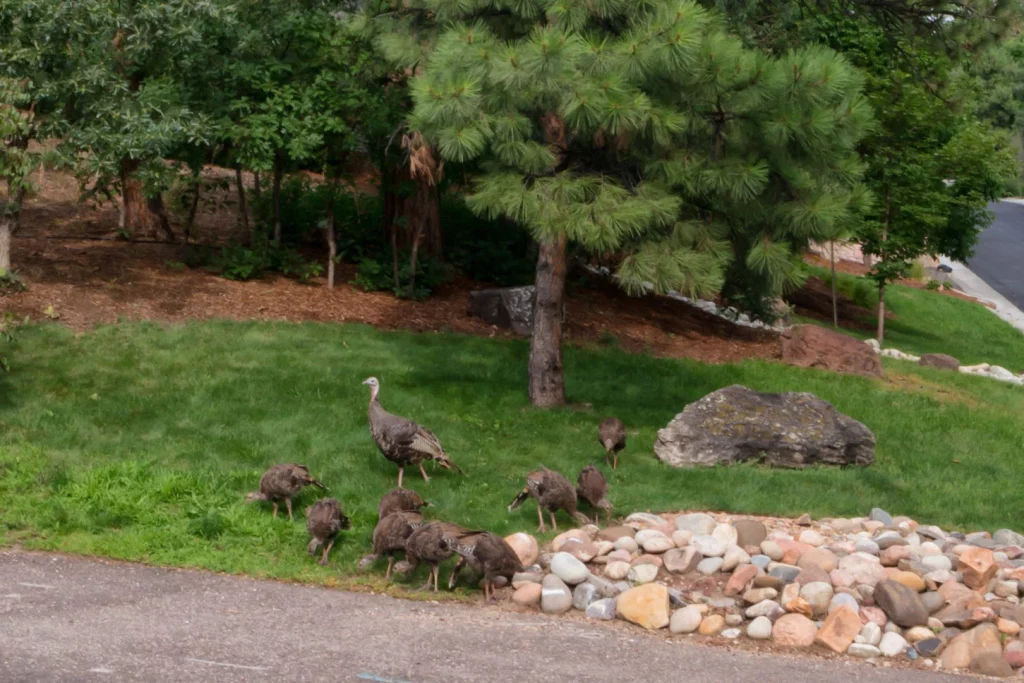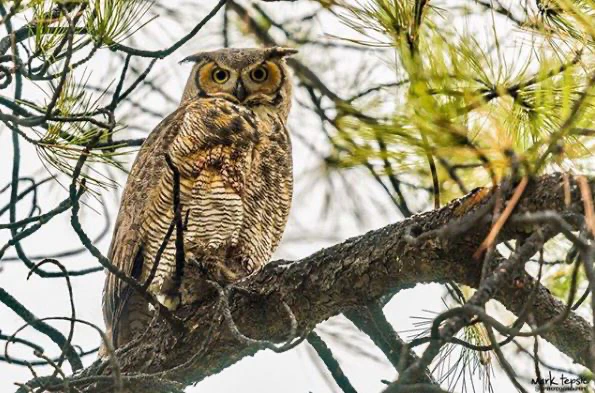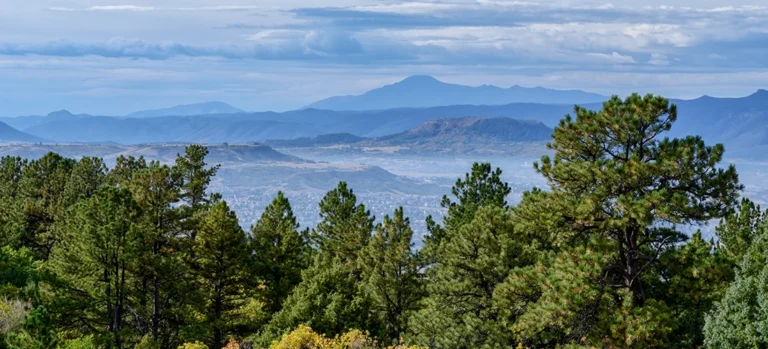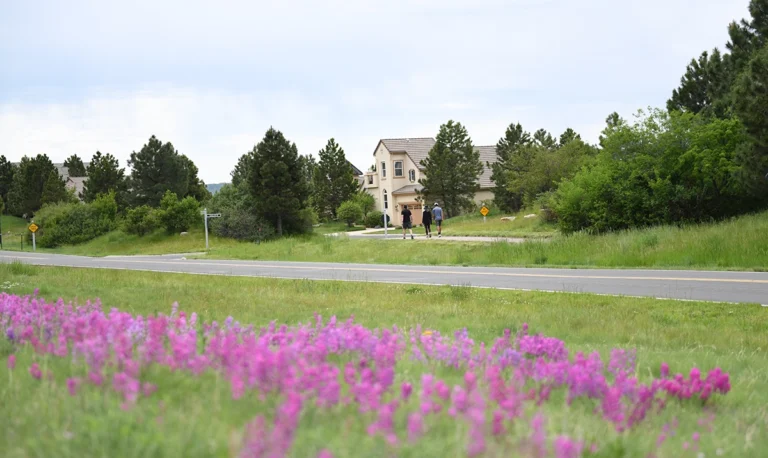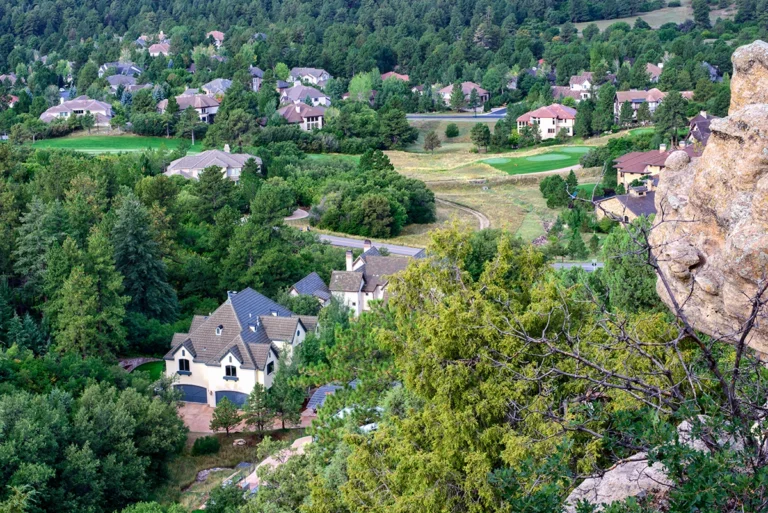1. Do not touch or handle a wild animal. If you must touch an animal, e.g., for its safety, it should be done with thick gloves or other impermeable material.
2. Keep pets and children away from the animal. Limit human interaction; human interaction is highly stressful to a wild animal.
3. Stay calm and speak in soft, low tones. Walk quietly and slowly, and do not tower over the animal; it may perceive a towering human as a threat, causing it more stress and potentially aggressive behavior.
4. An injured or ill animal may stay calmer if a soft towel or blanket covers its head.
5. Do not approach an animal behaving abnormally, e.g., a skunk out of hiding during the daytime. Skunks, raccoons, coyotes, and bats can carry rabies. Rabies can occur in other mammals as well but is much rarer.
6. If a baby animal appears to be abandoned, leave it alone unless you know that the mom has been killed, the animal is injured, or a predator is after it. More often than not, the adult is nearby and will return.
7. If a baby animal has been abandoned, contact Colorado Parks and Wildlife (CPW) or a rehabilitation center for further advice. If it appears injured, keep it warm with a towel, blanket, or solar blanket while awaiting further direction.
8. A baby bird that has fallen out of a nest can be gently placed back in the nest, assuming you can safely reach the nest. The adult will not reject it. Unless directed by CPW or a wildlife rehabilitation or rescue authority, do not attempt to feed or give water to a young bird; incorrect feeding and watering may be harmful.
9. A bird that hits a window may be stunned enough to appear dead for at least an hour. Handling it during this time may cause even more stress. Please do not touch it; only watch from a distance, and keep pets away. If the bird is still there after one hour and you see some movement or change in its posture that makes you think it is still alive, call a rehabilitation resource for advice on how to proceed. In extreme weather, either heat or cold, call a rehabilitator when you first see the bird strike, and they can recommend a timelier procedure.


